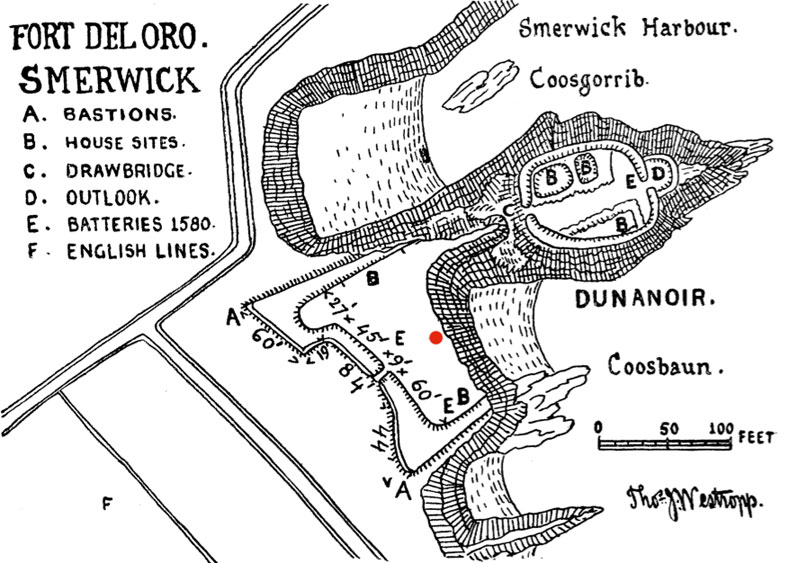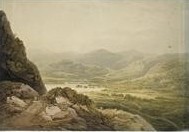Choosing a place in time
/Part 3 in the series: How I found the snow path to Dingle
 As noted in my last post, my research was leading me to believe I had a book on my hands, or at least I hoped so. I had already finished my first novel but it was lengthy and meandering, and though dear to my heart because it was written as a tribute to my father, I knew it was not marketable as it was and could not see a clear way to fix it. I had already started attending writers' conferences to learn, and found them both helpful and destructive.
As noted in my last post, my research was leading me to believe I had a book on my hands, or at least I hoped so. I had already finished my first novel but it was lengthy and meandering, and though dear to my heart because it was written as a tribute to my father, I knew it was not marketable as it was and could not see a clear way to fix it. I had already started attending writers' conferences to learn, and found them both helpful and destructive.
In particular, I loved the Surrey International Writers Conference in British Columbia, where I met Diana Gabaldon (I've attended several times), and the Historical Novel Society where I met Margaret George, among others. I did not care for the Pacific Northwest Writers Conference in Seattle, where the speakers' attitudes seemed to be "we're published, you're not and never will be." When I sat down for lunch and realized everyone at my table had the same impression, I knew I'd never go back to that one. The Algonkian Writers Confererence at Half Moon Bay was limited to 15 people who had achieved a certain level of proficiency. I found it intimate, individualized, bonding, positive and instructive.
Among the things I learned was that as a new writer, you need to keep your word count down, because publishers are less likely to make an expensive investment in a new writer, and thick books are costly to print. The recommendation was between 120,000 and 150,000 words. It is tricky with historical fiction, because there is more to explain and describe, but it can be done. (As an example, Sharavogue comes in at just over 117,000 words and the printed book is 292 pages.)
I also learned, as we all know already, you must hook the reader with your first line, your first paragraph, your first page. There are certainly books I've read that did not hit this mark, but I think unless you have a friend in the publishing industry or something else up your sleeve, it's something to strive for. Think of an agent or editor sitting at a desk surrounded by stacks of manuscripts. He or she will be looking for a reason to eliminate some. Don't give them one. I rewrote my openings countless times. (How do you know when it is done? As another author said recently, you just have to write from the heart and hope for the best.)
At these conferences, editors and agents often speak on panels or you can learn what they are looking for during 10-minute one-on-one sessions booked in advance. I remember hearing one agent say enough already with the Tudor period. I saw that comment repeated on another agent's website. So in part that's the reason I decided to look for a time different than Henry VIII, Anne Boleyn or Elizabeth I. I decided to choose a time not often covered in books (the road less traveled, if you will); a time very important in Irish history that spoke to my own Irish heritage. And, one of my goals would be to help illuminate this new time period, because I believed readers of historical fiction wanted, just as I do, to learn about history as they read a good story. From Diana Gabaldon, while falling in love with Jamie I also learned about the battle at Culloden and the Scottish rebellion against English rule.
Of course, the danger in choosing a different time period is the agents and editors also don't know it, so they don't know how to sell it. I deeply admire Hilary Mantel who, with her brilliant books Wolf Hall and Bring Up The Bodies, found a way to approach the Tudor period from a completely different viewpoint: that of the infamous Thomas Cromwell.
I chose Oliver Cromwell, distantly related in the next century whose name still stirs hate among the Irish and admiration among some English, but definitely controversy among all. And I did choose this period, the Irish rebellion of 1641 through Cromwell's march of 1649, but it also chose me. Once I focused, books and articles came to me that I had not really searched for, and then because of those I was drawn to other resources that I sought relentlessly for months. Pieces began to come together like I big, messy jigsaw puzzle.
All good stories must have a beginning, a middle and an end. Fairly early on, I knew the beginning of my book, and then I knew how it would have to end. I really had no idea what would happen in the middle. It took years of research and discovery, but slowly the middle began to take shape and fill in. On that day when I realized the two ends would actually meet, the elation was magnificent!















